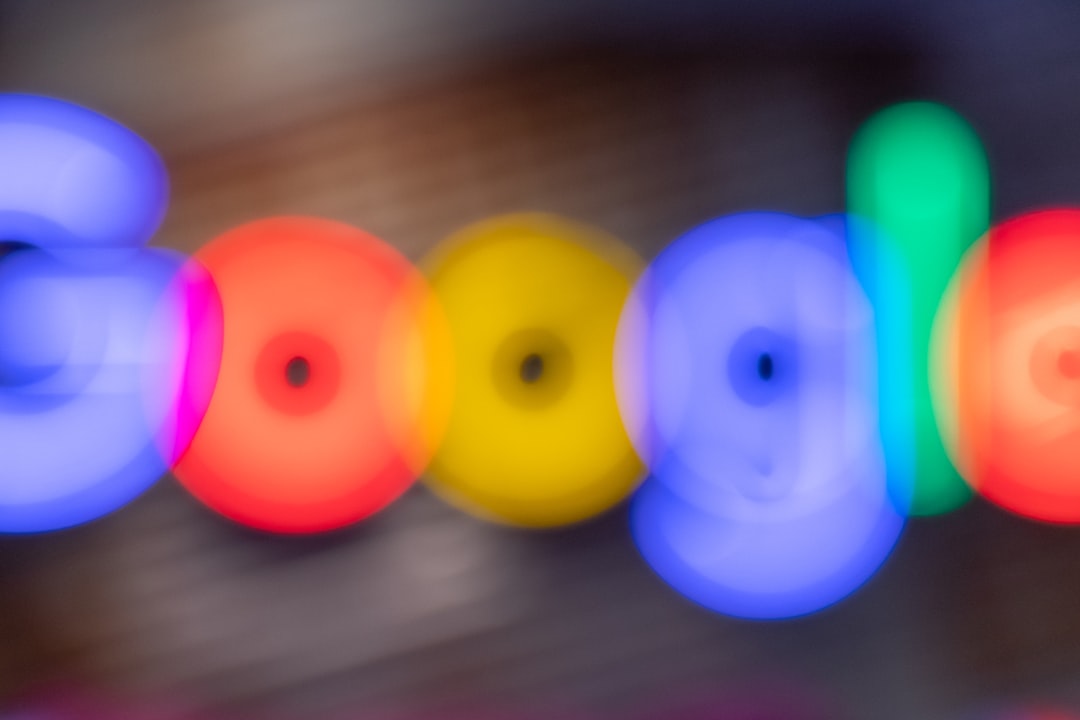Google is seeking to patent a system that helps identify and fix issues when training machine learning models. These issues, called “correctness issues,” occur when the training process fails or produces outcomes that are not acceptable for a specific context. The system works by training two machine learning models using different computing systems and comparing their outputs. By measuring the similarity between the models, Google can determine how well different computing systems perform and identify areas that need to be improved.
To illustrate this, imagine two cars traveling from Kuala Lumpur to Penang, stopping at the same places for gas and encountering the same traffic. However, one car is a brand-new Ferrari, while the other is an older Proton Saga. It’s clear that the Ferrari will reach its destination faster.
When training neural networks, it can be challenging to detect when a computing system is not functioning properly due to the inherent fuzziness of these networks. Neural networks are not super precise and can tolerate some shifts in parameters and conditions without sacrificing accuracy. Google’s system aims to understand how different AI training hardware affects the breaking point of accuracy.
If this patent is related to Google’s internal hardware efforts, it could greatly benefit its chip business. By building hardware that can handle computation fuzziness without compromising accuracy, Google could develop chips that are 100 times more power-efficient. This would make them competitive with existing offerings from companies like Nvidia.
Google has been actively challenging Nvidia’s dominance in the AI hardware space. In a research paper released in April, Google claimed that its Tensor Processing Units (TPUs), which power over 90% of its AI training, are faster and more energy-efficient than Nvidia’s A100 chip. While Google does not sell TPUs directly, they are essential to its AI work. Improving the efficiency of these chips is part of Google’s strategy to maintain its position in the AI arms race.
